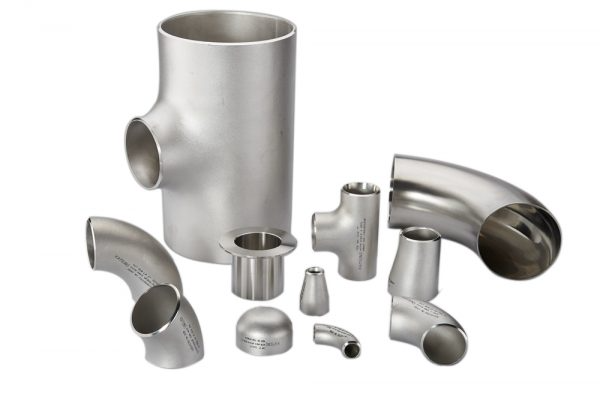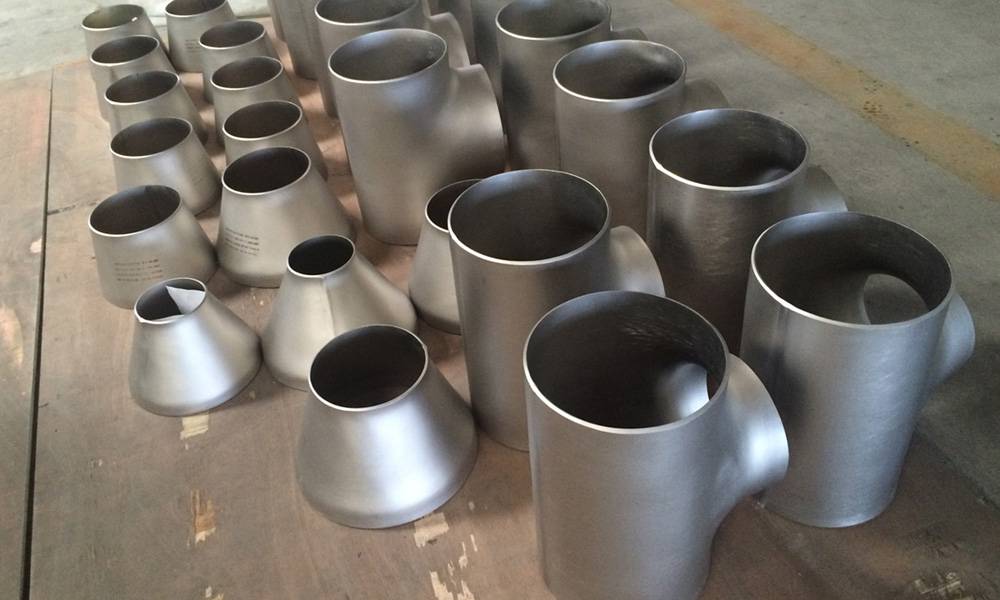Butt-weld fittings are a crucial component in piping systems, widely used in industries such as oil and gas, petrochemicals, and power plants. They offer seamless connections, excellent strength, and the ability to handle high-pressure and high-temperature environments. However, improper handling or installation of butt-weld fittings can compromise the entire system’s integrity.
Here are five common mistakes to avoid when working with butt-weld fittings to ensure a reliable and efficient piping system.
Skipping Proper Material Inspection
Mistake: Using butt-weld fittings without thoroughly inspecting the material quality and specifications.
Why It Matters:
Butt-weld fittings must meet specific standards to withstand the operational conditions of a piping system. Using substandard or incompatible materials can lead to premature failure, leaks, or even catastrophic system breakdowns.
Solution:
Always verify the material grade, wall thickness, and conformity to industry standards (e.g., ASME, ANSI). Check for manufacturer certifications and perform visual inspections for any surface defects like cracks or pitting.
Inadequate Fit-Up and Alignment

Mistake: Failing to align the pipes and fittings properly during installation.
Why It Matters:
Misalignment can create uneven stress points, leading to poor weld quality and potential joint failure. Even minor misalignments can cause problems in high-pressure systems or when the pipeline undergoes thermal expansion.
Solution:
Ensure a proper fit-up by aligning the pipes and fittings accurately before welding. Use alignment tools like clamps or fixtures to secure the components in place. This will minimize the risk of gaps and ensure a uniform weld bead.
Neglecting to Perform Pre-Weld Preparation
Mistake: Skipping crucial pre-weld preparation steps such as cleaning and beveling.
Why It Matters:
Contaminants like dirt, grease, or oxide layers can affect weld penetration and lead to weak joints. Similarly, an improperly beveled edge can prevent a strong, full-penetration weld.
Solution:
Thoroughly clean the pipe ends and fittings using wire brushes or solvents to remove any contaminants. Bevel the edges correctly as per the required angle (usually 37.5 degrees for most butt-weld fittings) to ensure optimal weld penetration.
Overlooking Proper Welding Techniques
Mistake: Using incorrect welding parameters or techniques during the joining process.
Why It Matters:
Improper welding can lead to defects such as porosity, lack of fusion, or cracks, compromising the joint’s strength and durability. These defects can be catastrophic in high-pressure or high-temperature systems.
Solution:
Ensure welders are qualified and follow the correct welding procedure specifications (WPS). Use appropriate welding techniques, including proper heat input, travel speed, and filler material, to achieve a strong, defect-free weld. Post-weld inspection using non-destructive testing (NDT) methods, like radiographic or ultrasonic testing, is essential to detect hidden flaws.
Ignoring Stress Relieving and Post-Weld Treatment
Mistake: Skipping stress-relief processes and post-weld treatments after installation.
Why It Matters:
Welding introduces residual stresses that can weaken the joint over time, especially in systems exposed to fluctuating pressures and temperatures. Without proper stress-relief treatment, these joints may crack or deform.
Solution:
Perform post-weld heat treatment (PWHT) as required to relieve residual stresses and improve joint toughness. This step is critical for applications involving high-pressure or high-temperature environments. Also, consider applying protective coatings to prevent corrosion, especially in harsh operating conditions.
Final Thoughts
Avoiding these common mistakes when using butt-weld fittings can significantly enhance the durability and performance of your piping system. Proper inspection, alignment, preparation, welding, and post-treatment processes are key to ensuring a leak-proof and long-lasting installation. By adhering to best practices, you can maximize the efficiency and safety of your industrial operations.

